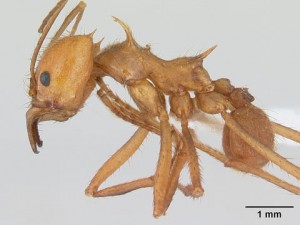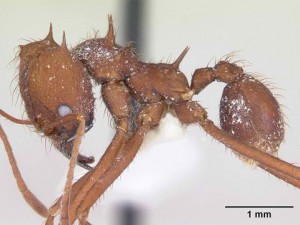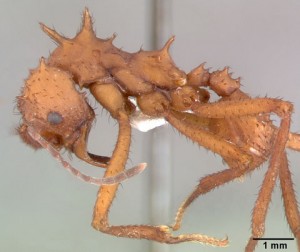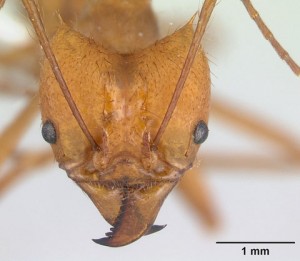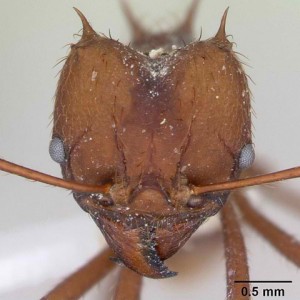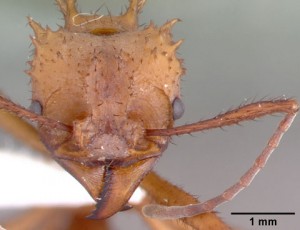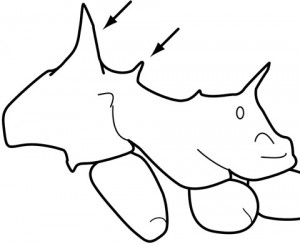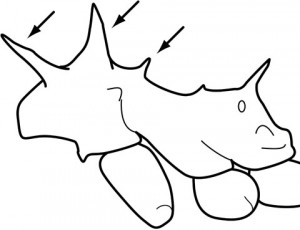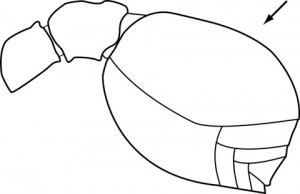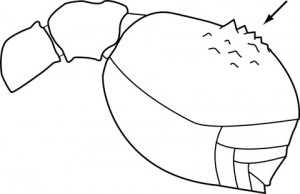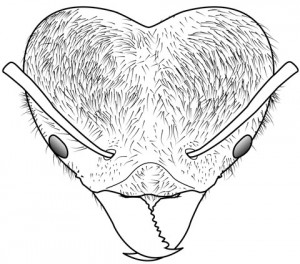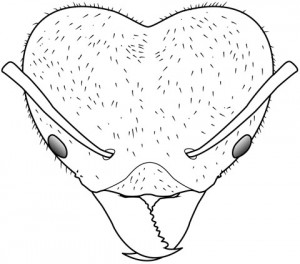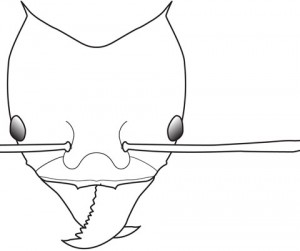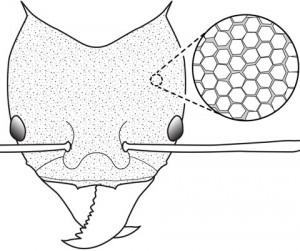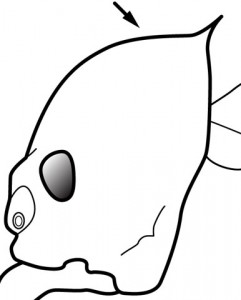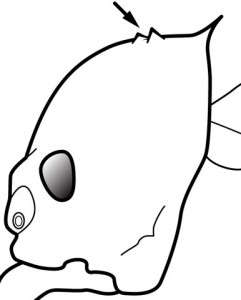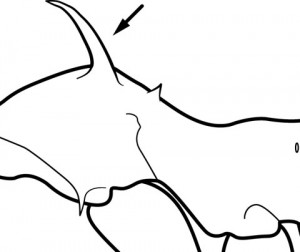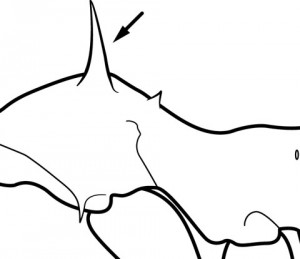I’ve spent the last couple of days parsing the differences among the many introduced species of Nylanderia. I still haven’t gotten a good look at the Rasperry Crazy Ant or Caribbean Crazy Ant or the Hairy Crazy Ant or whatever folks are calling the species that has been spreading across the southeastern United States, but apparently it is close to N. fulva and N. pubens. Hopefully John LaPolla’s revision of the Nearctic Nylanderia will be out soon, and I’ll be able to update my provincial key characters.
In the meantime, here’s a link to an illustrated comparison chart of Nylanderia introduced to the United States (including Hawaii).
And here’s a gallery of the various illustrations I’ve put together thus far for the key.
Selected references and resources of introduced Nylanderia species. (Note that all these species of Nylanderia were treated as Paratrechina prior to LaPolla et al. (2010)).
Trager, J.C. (1984) A revision of the genus Paratrechina (Hymenoptera: Formicidae) of the continental United States. Sociobiology, 9, 49-162. [Includes keys and descriptions of N. bourbonica, N. flavipes, N. guatemalensis, N. fulva, N. vividula all in addition to the native species].
LaPolla, J. S.; Hawkes, P. G.; Fisher, B. L. 2011. Monograph of Nylanderia (Hymenoptera: Formicidae) of the World, Part I: Nylanderia in the Afrotropics. Zootaxa 3110:10-36. [PDF] [Covers three spp. of Nylanderia purportedly introduced to the Afrotropics, including N. bourbonica, N. vaga and N. vividula.]
LaPolla, J.S., Brady, S.G. & Shattuck, S.O. (2010) Phylogeny and taxonomy of the Prenolepis genus-group of ants (Hymenoptera: Formicidae). Syst. Entomol., 35, 118-131. [PDF]
Ivanov, K. & Milligan, J. (2006) Paratrechina flavipes (Smith) (Hymenoptera: Formicidae), a new exotic ant for Ohio. Proc. Entomol. Soc. Washington, 110, 439-444. [Nice small paper on N. flavipes and how to distinguish it from N. vividula.]
Ants of the Southeastern United States – key to species of Nylanderia. [Excellent website of Joe MacGown with a key adapted from Trager (1984).]

